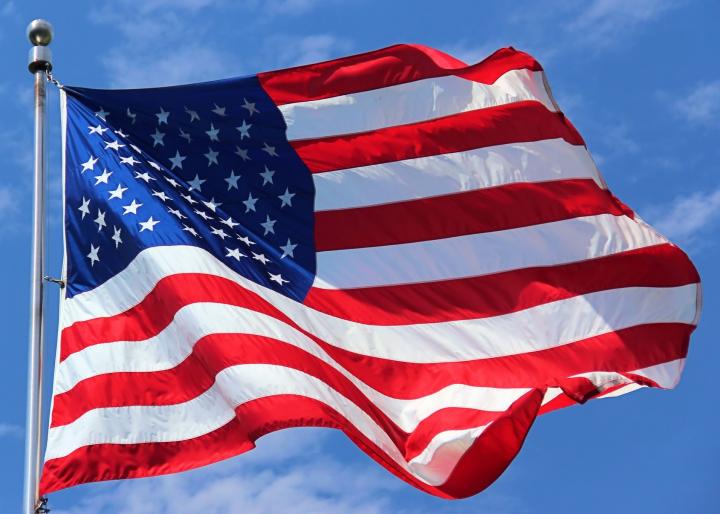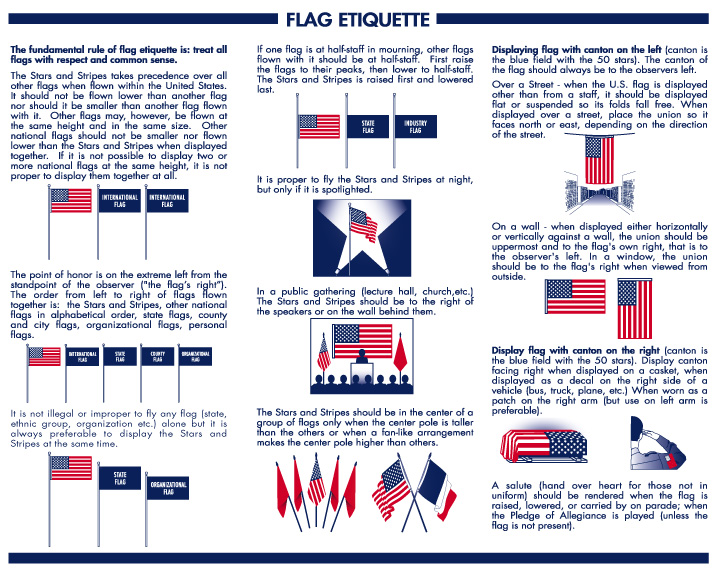
As a company that prints on items, it is important to remember to keep the integrity of certain cultural items first and foremost. With the 4th of July approaching, here are some tips on handling the American Flag. In a few days, we will celebrate America’s 242nd birthday and reflect on the meaning of the American Flag or “Old Glory” as generations of Americans have called it. There are probably perceptions about the American flag that you did not know about as well as ways of handling the American Flag and ways not to handle the flag. We would like to share a brief history of the U.S. flag as well as the top ten things you should do and should not do with the flag.
The history of the American flag is very captivating and one that every American should know. On June 14th, 1777, the flag was created by the Continental Congress establishing an official flag for the new nation. However, historians do not officially know who the actual creator of the first flag was. Although, some believe the flag was designed by New Jersey Congressman Francis Hopkinson and sewn by Philadelphia seamstress Betsy Ross. Our flag is very inspiring as it has survived battles, been to the Moon, inspired our national anthem and other songs as well as becoming the symbol to the development of what our nation stands for.
Just glancing at the flag, it should be noted that the design of our flag has a deep meaning. The flag is made up of 13 horizontal stripes that include seven red alternating with six white. The stripes illustrate the 13 Colonies and the stars represent the 50 states of the Union. The colors of the flag are symbolic as well. Red symbolizes hardiness and valor, white symbolizes purity and innocence, and blue represents vigilance, perseverance, and justice. One last fun fact and law that was passed by President Harry S. Truman in 1949 was Flag Day. Every June 14th, our country recognizes this day as Flag Day.
Now that you have a better understanding of our flag, you may or may not realize that when handling the American Flag, there are certain do’s and dont’s that you should be aware of. The U.S. Flag Code regulates and consolidates the traditional ways in which we give respect to the flag. There are many specific instructions on how the flag is not to be used as well. Here is a small sample size of ten ways you should and should not do when handling the flag.

Back to Blog Home
Add Your Comment